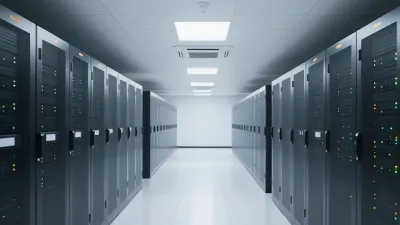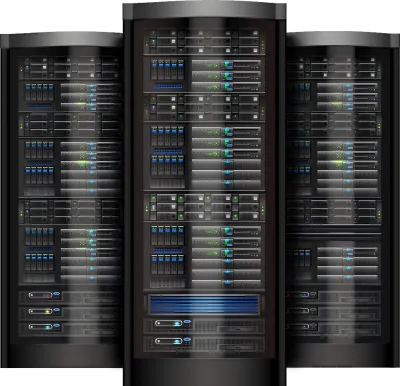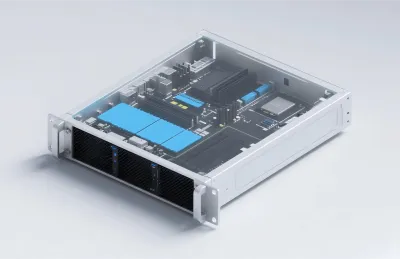
Innovation in Thermal Conductivity Technology: From Isotropic to Directional Heat Transfer Breakthrough
Traditional thermal conductive materials dissipate heat uniformly, whereas carbon fiber pads use highly oriented graphitized fibers, whose axial theoretical thermal conductivity can reach 800-1200W/mK. Through specialized engineering design, micron-scale fibers are aligned vertically and composited, ultimately forming pads with a stable thermal conductivity of 15-45W/mK in the application direction. Laboratory test data show that a 35W/mK carbon fiber pad can achieve an overall thermal resistance as low as 0.15°C·cm²/W under 75psi pressure. This means that on a 500W heat source, the temperature difference can be reduced by over 20°C compared to traditional 6W/mK pads.Breakthrough in Mechanical Properties: Long-Term Stability Solving Contact Thermal Resistance Challenges
Contact thermal resistance is a key challenge in cooling systems, primarily caused by air gaps at interfaces. The thermal conductivity of air is only 0.024W/mK, and micron-scale air gaps can double the thermal resistance. Carbon fiber pads exhibit excellent high resilience, with a compression set rate of less than 10%. Thanks to their unique three-dimensional interwoven composite structure, they can maintain a rebound rate of over 75% even under long-term compression stress relaxation and thermal cycling conditions from -55 to 200°C. This characteristic enables them to continuously fill microscopic interface irregularities, effectively eliminate air, and stabilize contact thermal resistance within ±10% of the initial value, ensuring heat dissipation stability throughout the server's lifecycle.
System Efficiency Improvement: Achieving Overall Operational Cost Optimization
Actual measurements show that for every 1°C reduction in heat sink base temperature, the required fan airflow can be reduced by 2-5%. Based on a 20°C temperature difference advantage, the overall cooling system energy consumption can be reduced by 10-15%. Meanwhile, for every 10-15°C reduction in junction temperature, the failure rate of electronic components can be decreased by approximately 50%. This not only significantly lowers operational costs but also enhances the reliability assurance of data services, achieving comprehensive improvement from material performance to system efficiency.Forward-Looking Technology Application: Supporting the Construction of Green Computing Infrastructure
In the current context emphasizing energy use efficiency, the heat dissipation efficiency of data centers directly impacts operational costs and carbon emissions. Optimizing the power usage effectiveness (PUE) value from 1.5 to 1.4 can save millions of kilowatt-hours of electricity annually for a 10-megawatt data center. High-performance carbon fiber pads, by improving source-level thermal conductivity efficiency and reducing end cooling energy consumption, provide key technical support for building efficient and green next-generation computing infrastructure.
Endless Innovation: Future Prospects of Heat Dissipation Technology
With the rapid development of high-performance computing applications such as artificial intelligence and machine learning, server heat dissipation requirements will continue to escalate. In the future, we will witness the emergence of more innovative materials, but the core will always revolve around how to achieve more efficient heat management within limited spaces. The successful application of carbon fiber thermal materials has pointed the way for the industry—by deeply integrating materials science and engineering technology to break through the limitations of traditional cooling solutions.As a technology innovator deeply engaged in the field of thermal management, Sheen is always committed to providing customers with cutting-edge heat dissipation solutions. We believe that only by continuously promoting material innovation and technological advancement can we provide a solid foundation for the infrastructure construction of the digital era.

 English
English
 usheenthermal
usheenthermal



